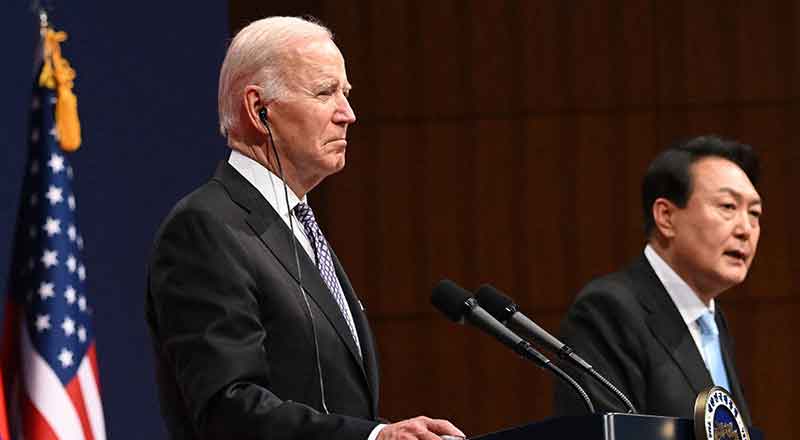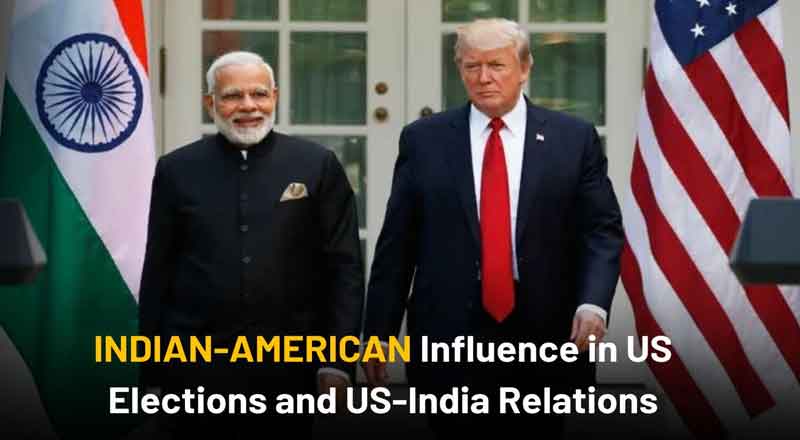As Sri Lanka is facing an unprecedented economic and political crisis, here are the lessons India can learn from the mistakes of its neighbouring country.
The economic crisis in the southern neighbour has been in the making for several years, and recent geopolitical developments have pushed the country towards chaos and bankruptcy. Sri Lankan leadership invited this crisis to their doorstep by reckless borrowing which even exceeded the GDP of the country. The composition of this debt also changed over the years, where concessionary borrowings were replaced with commercial borrowings which carry higher interest rates and have shorter maturity periods.
Apart from this, the Lankan government announced large tax-cuts in 2019 (before the Covid breakout) as part of populist measures promised by Gotabhaya Rajapaksa during the election campaign. Tourism was a primary source of income for the country and it got two successive blows in the form of a terrorist attack on the occasion of Easter and the Covid-19 pandemic.
If we compare the situation in the context of our country then we are safe for now. We have a forex reserve of close to US$ 600 billion which is sufficient to cover the merchandise imports for more than a year. As per RBI data in its last annual report, the foreign debt has increased from US$ 409 billion in 2013 to US$ 615 billion in December 2021 but ‘External Debt: GDP’ ratio has improved from 22.4 per cent in 2013 to 20 per cent in 2021. This position was despite a contraction in the GDP due to Covid pandemic and the government deserves praise for this.
the market and keeping an eye on the benchmark rates to support the growth, stable exchange regime etc. are important tasks from a central bank’s perspective. Moderate inflation till the fourth quarter of the previous financial year was considered transitory but the global scenario has changed very fast. Geopolitical tensions have put three-fourths of the consumer price index at risk. Manufacturing capacity utilisation is still lower than the 10-year average which shows the supply side constraints. There is timely policy intervention like putting curbs on export, reducing taxes on petroleum products, controlling the money supply by increasing the benchmark rates etc. but all these steps have some flip sides also. The World Bank, S&P etc. have cut the growth forecast primarily due to inflation-related concerns. Government can take solace that India is still one of the fastest-growing economies and inflation is a global concern, in the USA & the UK.
Rupee depreciation against dollar has been highlighted as a major failure but there are two important factors which need to be considered. The rupee has performed well against other currencies like GBP, EUR and a depreciating rupee has some benefits for exporters. The current account deficit and capital outflow due to a rate hike by the US Federal Reserve are impacting this fluctuation.
India has a federal structure where states are equally responsible for economic growth. However, there is a growing tendency where local leaders are behaving irresponsibly with the announcement of freebies and restoring schemes (like old pension scheme) which lack financial prudence. This issue was highlighted a few months back but this is not a deterrent for the power-hungry politicians. Revenue guarantee to states was given under the Goods and Services Tax (GST) for a period of five years and some of the extravaganzas were funded out of the compensation which they received from the centre. Now it must be understood that chief ministers can’t hold the bargaining chip forever to pressurize the centre and enjoy a free lunch.
Lastly, self-sustainability is the key for developing nations. Some of the previously announced initiatives like PLI for the manufacturing sector, national monetisation pipeline has the potential to push growth and the government should stick to these.
This article is authored by Shashank Saurav who is a chartered accountant, author and public policy analyst. All views are personal.)





